Category: Plants & People
-
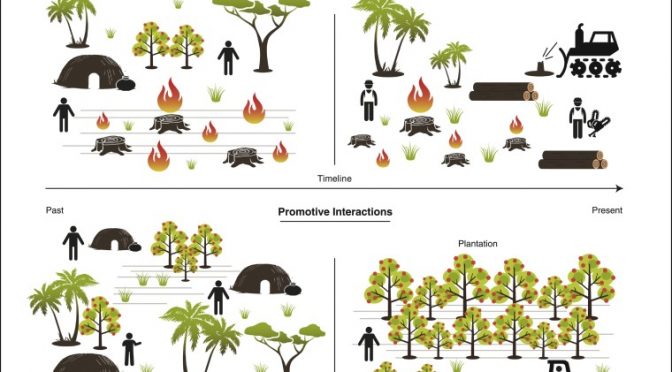
Ancient Tropical Trees Have Tales To Tell
Using findings from a range of multidisciplinary case studies, we demonstrate that ancient trees are still preserved in tropical forests and are the last living witnesses of various Late Holocene climatic oscillations and natural forest disturbances, as well as past changes in human land use and management practices (Click on title for full story.)
-
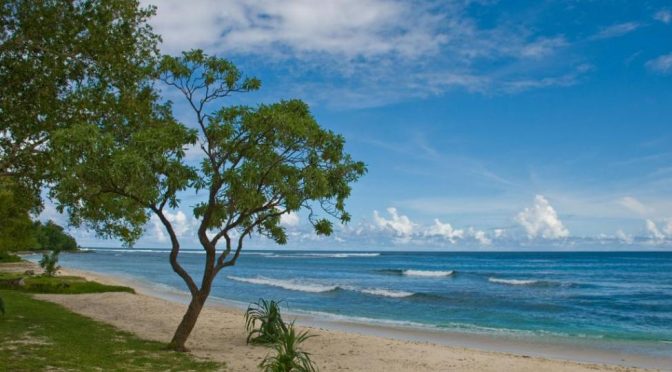
3,000 Years Ago Pacific Islanders Survived By Cultivating Bananas
Humans began transporting and growing banana in Vanuatu 3000 years ago, a University of Otago scientist has discovered. The discovery is the earliest evidence of humans taking and cultivating banana into what was the last area of the planet to be colonised. (Click on title for full story.)
-
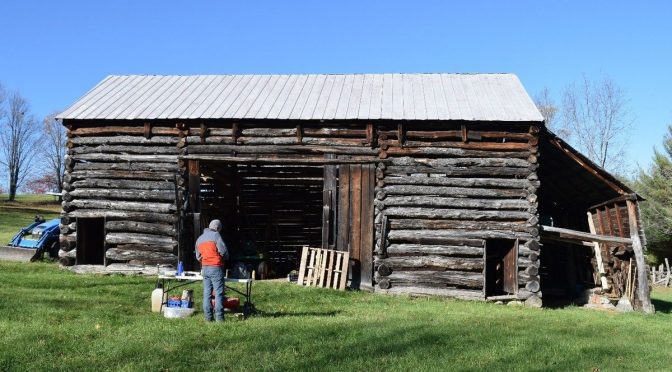
Wood From Old Log Cabins Reveals Secrets Of Trees, Forests, Population And People
The historic logs showed evidence that a lot of trees began to grow at the same time across a fairly large area in West Virginia. This synchronous growth may indicate that trees began growing on cleared land that Native Americans had once inhabited and then abandoned following European contact, It’s a small area, but we found compelling evidence that a major forest change occurred, and that change coincided with the estimated timing of depopulation in that particular region. However, there was also a sub-continental drought that may have led to broad-scale forest thinning and subsequent tree growth in the 1670s in eastern North America.” (Click on title for full story.)
-
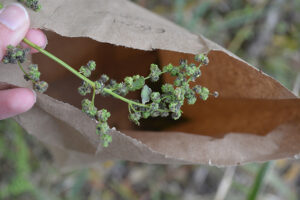
How Did Indigenous North Americans Feed Thousands Before Maize?
Make some room in the garden, you storied three sisters: the winter squash, climbing beans and the vegetable we know as corn. Grown together, newly examined “lost crops” could have produced enough seed to feed as many indigenous people as traditionally grown maize, according to new research. (Click on title for full story.)
-
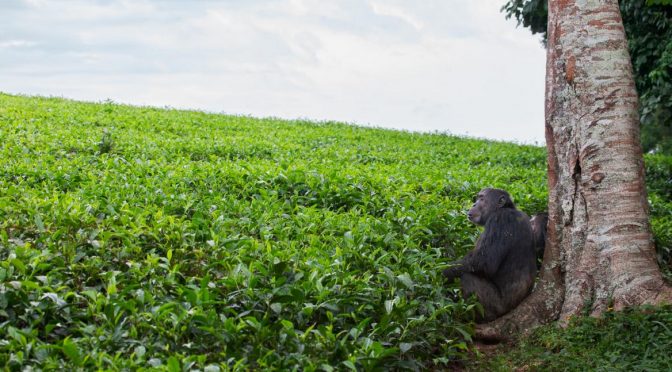
With African Forests Disappearing, Chimpanzees Become A Human Problem
Attacks by chimps on human infants have continued, totaling at least three fatalities and half a dozen injuries or narrow escapes in greater Muhororo since 2014. The main driver of the conflicts, it seems, is habitat loss for chimps throughout areas of western Uganda, forested lands outside of national parks and reserves, which have been converted to agriculture as the population has grown. The native forest that once covered these hillsides is now largely gone, much of it cut during recent decades for timber and firewood, and cleared to plant crops. (Click on title for full story.)
-
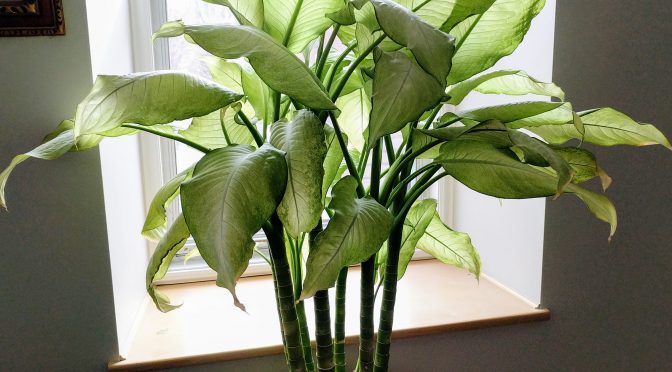
That “Houseplants Clean The Air” Thing? Only If Your House Becomes A Jungle
“This has been a common misconception for some time. Plants are great, but they don’t actually clean indoor air quickly enough to have an effect on the air quality of your home or office environment,” (Click on title for full story.)
-
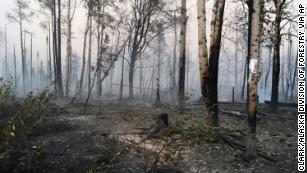
Tree Thieves Spark 3,300 Acre Forest Fire To Kill Some Bees
The blaze sparked what is now known as “The Maple Fire,” which burned between August and November 2018 and cost approximately $4.5 million to extinguish, according to the US Attorney’s Office. (Click on title for full story.)
-
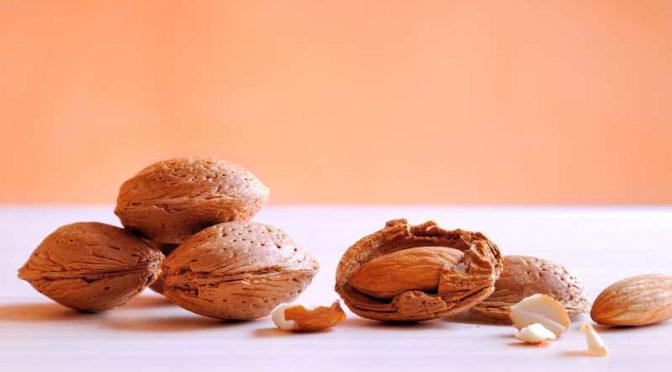
Love Almonds But Hate Almond Flavoring? You Are Not Crazy
Seeds from drupes like peaches and apricots are used to make almond extract because they’re a cheap byproduct of ubiquitous fruits that are often broken down and processed for other types of food, like peach yogurt or apricot jam. All those drupe pits hiding their almond-like seeds are destined for trash, unlike actual almonds, which are sold at a premium. (Click on title for full story.)
-
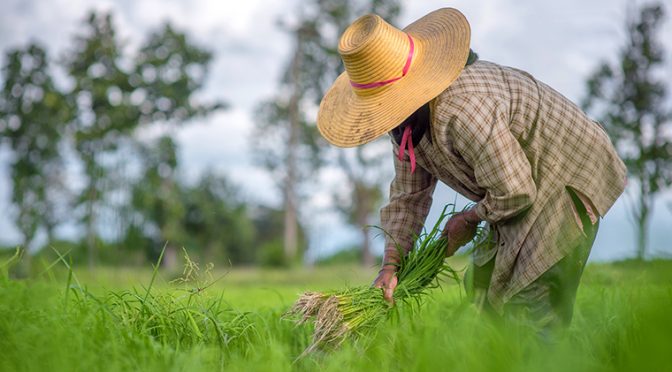
The Weed That Masquerades As Rice And Fooled Humans For 1,000 Years
This form of mimicry, called Vavilovian mimicry, is an adaptation of weeds to mimic domesticated plants. In the case of barnyard grass, the rice mimics grow upright like a rice plant instead of sprawling along the ground like most barnyard grass. They also have green stems like rice plants instead of the red stems more commonly found in the weed. (Click on title for full story.)
-
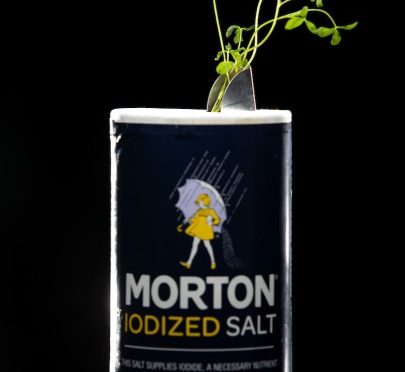
Application Of Bacteria May Make Barren Salt Fields Fertile Again
As an area of land is repeatedly used for farming, the salinity rises; the irrigation water has salt in it and when it evaporates or is taken up by the plants, the salt is left behind, With what we’ve found, lands that are now unable to sustain plant life due to high salinity could once again be used for crops.” (Click on title for full story.)
